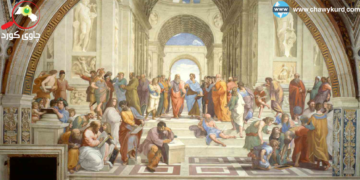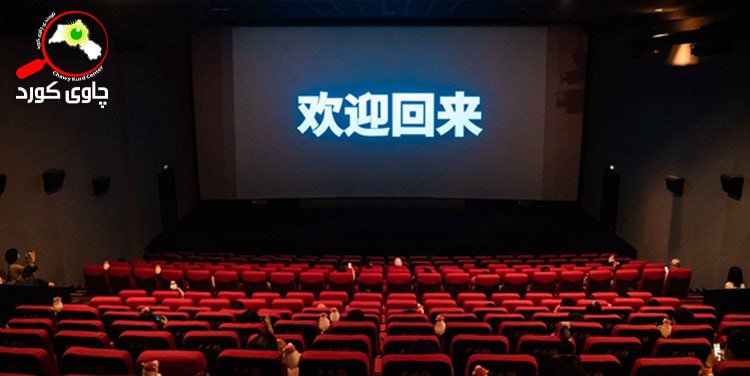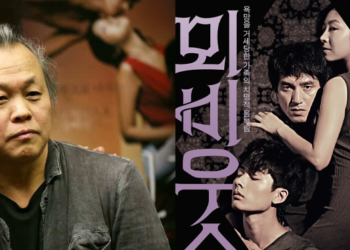Japanese cinema has an important history, covering more than a hundred years and is considered one of the oldest, most important and largest film production industries, when Thomas Edison first invented the kinotoscope to record a movement in The United States was shown in Japan two years later, in 1896. The Lumiere Brose’s Vitascope and cinematography were first shown and filmed in Japan in 1897. We must point out that; the first person to sprout a film in Japan and the first film that recorded in Japan was the work of the Lumiere Brose in 1897.
The first film produced in Japan and recorded by Japan itself was a documentary called GEISHA NO TEODORI, produced in June 1899, starring Japan’s first star, Matsunosuke Onoe, the first and most famous romantic actor of that time was participated in. Filmmaking and building Japanese Cinema continued until Japan registered a filmmaking studio in Tokyo in 1909 by Yoshiyazawa Shoten when the film was screened, an actor called “Banshi”, who was a narrator, commentator and explainer, accompanied most of the screenings until the sound era, telling a story, focusing on appearances and explaining the unknown events.
His popularity was extreme and based on the quality that made his films so famous at the same time he was considered the first film narrator and continued to be so until the advent of sound films and then gradually declined. The screenings and audiences were increasingly enthusiastic. Japanese film audiences consisted of relatively rich people who were interested in the latest technical achievements. The appeal of these early films was partly to increase and engage the audience. These early films were mostly the films of the Lumiere brose, Louis and Auguste, and the Edison Company.
Due to the economic recession, the number of cinemas in Japan has been steadily declining since the 1960s. The 1990s were a reversal of this trend, with “Mamor and Oshie” releasing the philosophical science fiction action film in 1996, it has been internationally well-known. Hediaki Ano gained significant recognition in 1997 with The End of the Gospel.
At the beginning of the 21st century; Japan has been referenced several times in popular culture, it was quite successful for the Japanese film industry. The number of films screened in Japan increased steadily, with approximately 821 films being released in 2006. Anime films now account for 60 percent of Japanese film production. The 1990s and 2000s are considered the “second golden age of Japanese cinema”. In early 2020, the Japanese film and television industry was hit by the COVID-19 pandemic, suffering severe damage due to health requirements, and forced to stop shooting, in an effort to keep their cast and crew safe from the infection, many Japanese studios closed or reorganized that conforms to legal requirements for the prevention of spread.
In October 2020 (after the revival of the film industry), a Japanese anime film based on the manga series Demon Slayer: Kimetsu no Yaiba broke all box office records and became the highest grossing film of all time in Japan. Japanese cinema and its films are a great school of filmmaking and throughout its history has had a great influence on the development of cinema technique in all Asian countries.




























































